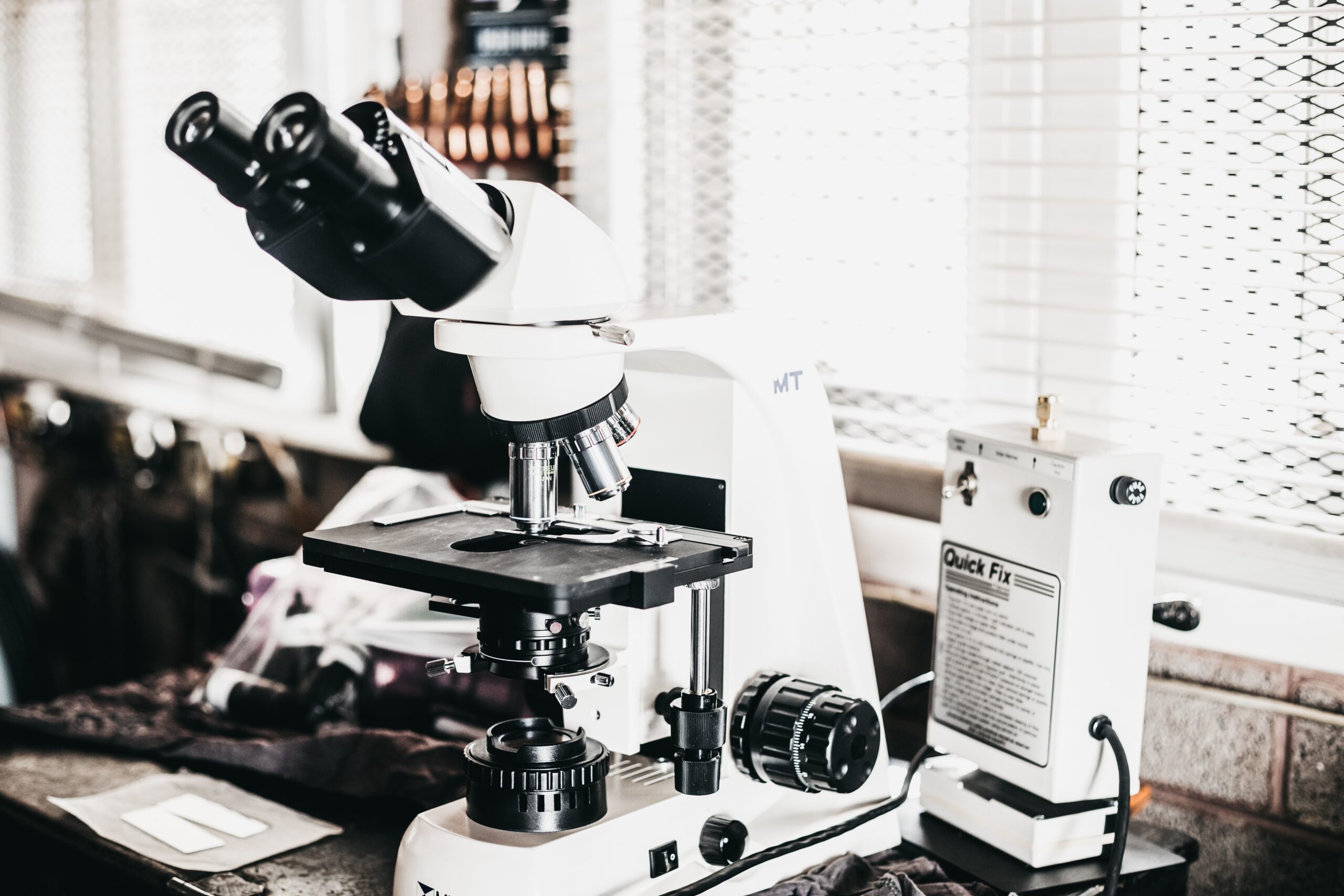GW4 Imaging Network

University of Bath: Silvia Munoz-Descalzo, Jim Caunt
University of Bristol: Mark Jepson
Cardiff University: Jim Murray, Peter Watson, Joaquin de Navascues Melero
University of Exeter: Michael Deeks (PI), Jacqueline Christmas, George Littlejohn, Jeremy Metz
Background
The capture and quantitative analysis of digital images is critical to contemporary scientific research from astrophysics to zoology. Every GW4 Grand Challenge utilises imaging from the monitoring of climate change through satellites to the structural analysis of advanced materials. In the last three years 30% of the GW4 original research published in the prestigious journals Science and Nature (n=62) has utilised quantitative imaging. Continuous advancement in digital sensor and processing technologies has allowed the development of new instruments and achieved paradigm-shifts in the understanding of microscopic, dynamic, distant and complex natural phenomena. The value of cutting-edge imaging technologies is recognised by funding bodies such as the BBSRC, which recently invested 70% of its ALERT13 capital awards programme in imaging equipment for the biosciences. £1 million of this imaging capability was received by GW4 institutions. In order to maximise this on-going investment and sharing of instruments, research leaders must be made aware of the capabilities available to their host institutions and the deep and wide pool of human talent across the GW4 with the ability to apply advanced analysis techniques to imaging data. These skills traverse traditional discipline boundaries; the strategies used to quantify clustering of galaxies can equally be applied to the spatial distributions of components within a living cell. The challenge is to create communities without boundaries of discipline or scale where ideas and analysis methods are shared. For the last three years The Exeter Imaging Network (EIN) has successfully facilitated these inter-disciplinary interactions across the University of Exeter. The ‘Building Communities’ programme is an opportunity to use the EIN experience to establish a GW4 meta-network in scientific imaging.
Project Summary
Each GW4 institution held an inaugural Imaging Network event to promote the academic understanding of imaging capabilities and to discuss establishing a programme for equipment sharing across GW4. Three workshops were held at Bath, Bristol and Cardiff, focused on a specific theme or challenge and emphasising different aspects of the GW4 Imaging Network remit – such as equipment sharing and training in image analysis. Following these events, the network assembled a directory of GW4 imaging expertise based on published work and research group profiles. This database was made available via a WordPress site, which was also used to post news and resources to members. Finally, the network was consolidated through an imaging sandpit event to form new inter-disciplinary and –institutional collaborations to address grand challenge topics. Multiple collaborations emerged from this sandpit, resulting in several external funding applications, with success via an EPSRC Experimental Equipment Call.





